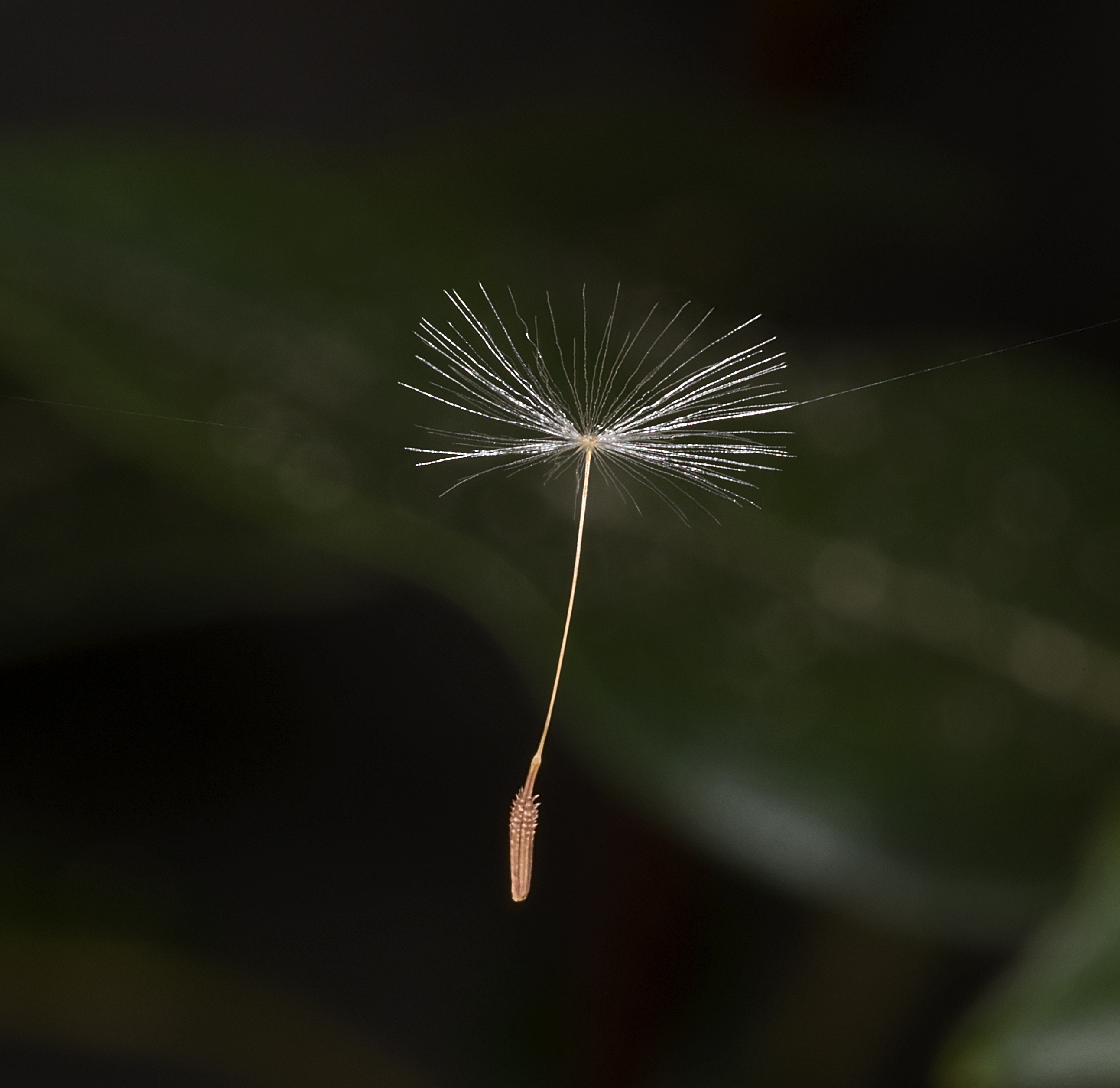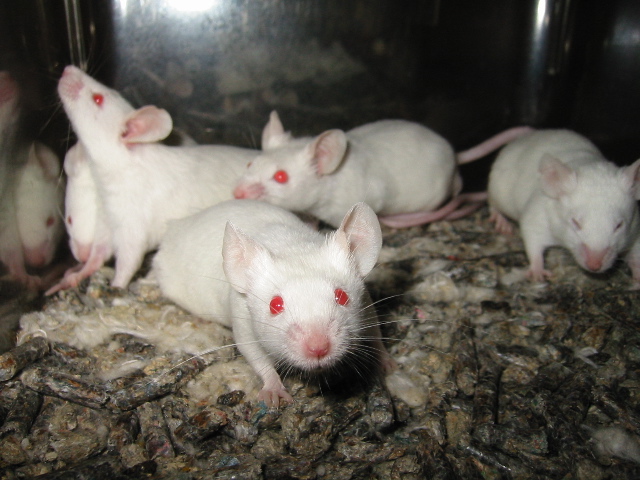|
Australian Zebra Finch
The Australian zebra finch (''Taeniopygia castanotis'') is the most common estrildid finch of Central Australia. It ranges over most of the continent, avoiding only the cool humid south and some areas of the tropical far north. The bird has been introduced to Puerto Rico and Portugal. Due to the ease of keeping and breeding the zebra finch in captivity, it has become Australia's most widely studied bird; by 2010, it was the most studied captive model passerine species worldwide, by a considerable margin. Taxonomy and phylogeny The Australian zebra finch was described in 1837 by John Gould as ''Amadina castanotis'', about two decades after the Sunda zebra finch (''T. guttata'') was described. For over a century and a half, the Australian and Sunda zebra finches were classified as a single species, ''Taeniopygia guttata''. They were split by the IUCN Red List and BirdLife International in 2016. The International Ornithologists' Union, International Ornithological Congress followe ... [...More Info...] [...Related Items...] OR: [Wikipedia] [Google] [Baidu] |
John Gould
John Gould (; 14 September 1804 – 3 February 1881) was an English ornithologist who published monographs on birds, illustrated by plates produced by his wife, Elizabeth Gould (illustrator), Elizabeth Gould, and several other artists, including Edward Lear, Henry Constantine Richter, Joseph Wolf and William Matthew Hart. Because of his 1840s seven-volume series ''The Birds of Australia (Gould), The Birds of Australia'' and its updates he has been considered the father of bird study in Australia, and the Gould League in Australia is named after him. His identification of the birds now nicknamed "Darwin's finches" played a role in the inception of Darwin's theory of evolution by natural selection. Gould's work is referenced in Charles Darwin's book, ''On the Origin of Species''. Early life John Gould was born in Lyme Regis, the first son of a gardener. Both father and son probably had little education. After working on Dowager Lady Poulett's glass house, his father obtained ... [...More Info...] [...Related Items...] OR: [Wikipedia] [Google] [Baidu] |
HVC (avian Brain Region)
HVC (formerly, hyperstriatum ventrale, pars caudalis (HVc), and high vocal center) is a nucleus in the brain of the songbirds (order passeriformes) necessary for both the learning and the production of bird song. It is located in the lateral caudal nidopallium and has projections to both the direct and the anterior forebrain pathways. It is notable that both of the other orders of birds that learn song, the hummingbirds and parrots, also seem to have structures similar to HVC. Since it is believed that all three of these groups independently derived the ability to learn song, it is believed that these other HVC-like structures are examples of homoplasy. Name HVC was originally called the hyperstriatum ventrale, pars caudalis (HVc). Later neuroanatomy revealed this name to be incorrect, however, and many researchers referred to it as the high vocal center due to its important function in vocal learning. Following the Avian Brain Nomenclature Forum held at Duke University in July 20 ... [...More Info...] [...Related Items...] OR: [Wikipedia] [Google] [Baidu] |
Bird Egg
Bird eggs are laid by the females and range in quantity from one (as in condors) to up to seventeen (the grey partridge). Avian clutch size, Clutch size may vary latitudinally within a species. Some birds lay eggs even when the eggs have not been fertilized; it is not uncommon for pet owners to find their lone bird nesting on a clutch of infertile eggs, which are sometimes called wind-eggs. Anatomy All bird eggs contain the following components: * The embryo is the immature developing chick * The amnion is a membrane that initially covers the embryo and eventually fills with amniotic fluid, provides the embryo with protection against shock from movement * The allantois helps the embryo obtain oxygen and handles metabolic waste * The chorion, together with the amnion, forms the amniotic sac and encloses the amnion, vitellus, and the embryo * The Yolk, vitellus, or yolk, is the nutrient-bearing portion of the egg, containing most of its fat, minerals, and many of its proteins and bl ... [...More Info...] [...Related Items...] OR: [Wikipedia] [Google] [Baidu] |
Extra-pair Copulation
Extra-pair copulation (EPC) is a mating behaviour in monogamous species. Monogamy is the practice of having only one sexual partner at any one time, forming a long-term bond and combining efforts to raise offspring together; mating outside this pairing is extra-pair copulation. Across the animal kingdom, extra-pair copulation is common in monogamous species, and only a very few pair-bonded species are thought to be exclusively sexually monogamous. EPC in the animal kingdom has mostly been studied in birds and mammals. Possible benefits of EPC can be investigated within non-human species, such as birds. For males, a number of theories are proposed to explain extra-pair copulations. One such hypothesis is that males maximise their reproductive success by copulating with as many females as possible outside of a pair bond relationship because their parental investment is lower, meaning they can copulate and leave the female with minimum risk to themselves. Females, on the other hand ... [...More Info...] [...Related Items...] OR: [Wikipedia] [Google] [Baidu] |
Opportunistic Breeder
Flexible or opportunistic breeders mate whenever the conditions of their environment become favorable. Their ability and motivation to mate are primarily independent of day-length (photoperiod) and instead rely on cues from short-term changes in local conditions like rainfall, food abundance and temperature. Another factor is the presence of suitable breeding sites, which may only form with heavy rain or other environmental changes.WE Duellman, L Trueb. ''Biology of amphibians.'' The Johns Hopkins University Press, 1994, p. 20 Thus, they are distinct from seasonal breeders that rely on changes in day length to induce entry into estrus and to cue mating, and continuous breeders like humans that can mate year-round. Other categories of breeders that perhaps can be subdivided under the heading "opportunistic" have been used to describe many species, such as many that are anurans like frogs. These include sporadic wet and sporadic dry, describing animals that breed sporadically not alwa ... [...More Info...] [...Related Items...] OR: [Wikipedia] [Google] [Baidu] |
Biological Dispersal
Biological dispersal refers to both the movement of individuals (animals, plants, fungi, bacteria, etc.) from their birth site to their breeding site ('natal dispersal') and the movement from one breeding site to another ('breeding dispersal'). Dispersal is also used to describe the movement of propagules such as seeds and spores. Technically, dispersal is defined as any movement that has the potential to lead to gene flow. The act of dispersal involves three phases: departure, transfer, and settlement. There are different fitness costs and benefits associated with each of these phases. Through simply moving from one habitat Landscape ecology#Patch and mosaic, patch to another, the dispersal of an individual has consequences not only for individual fitness (biology), fitness, but also for population dynamics, population genetics, and species distribution. Understanding dispersal and the consequences, both for evolutionary strategies at a species level and for processes at an e ... [...More Info...] [...Related Items...] OR: [Wikipedia] [Google] [Baidu] |
Australian Geographic
Australian Geographic is a media business that produces the ''Australian Geographic'' and Australian Geographic Adventure magazine, australiangeographic.com.au and operates, either itself or business partners, Australian Geographic stores, Australian Geographic Travel and various other businesses. ''Australian Geographic'' magazine, originally titled ''Dick Smith's Australian Geographic'', is a bi-monthly geographical journal created by Dick Smith in 1986. The magazine focuses mainly on stories about Australia, or about Australian people in other countries. The six editions published each year are available by subscription and on newsstands. They include posters or sheet maps in each edition, as well as photographs and detailed technical illustrations. The entire Australian Geographic magazine archive is available on its website to subscribers. The profits earned by Australian Geographic Holdings are contributed the Australian Geographic Society which is a registered Austr ... [...More Info...] [...Related Items...] OR: [Wikipedia] [Google] [Baidu] |
Biological Journal Of The Linnean Society
The ''Biological Journal of the Linnean Society'' is a direct descendant of the oldest biological journal in the world, the '' Transactions of the Linnean Society''. It succeeded the earlier title in 1969. The journal specializes in evolution, and encompasses work across all taxonomic groups in all five kingdoms of living organisms. It includes all methods, whole-organism or molecular, practical or theoretical. The journal is published by the Linnean Society of London The Linnean Society of London is a learned society dedicated to the study and dissemination of information concerning natural history, evolution, and Taxonomy (biology), taxonomy. It possesses several important biological specimen, manuscript a .... References External links * Linnean Society of London Biology journals English-language journals Publications with year of establishment missing {{biology-journal-stub ... [...More Info...] [...Related Items...] OR: [Wikipedia] [Google] [Baidu] |
Chicken
The chicken (''Gallus gallus domesticus'') is a domesticated subspecies of the red junglefowl (''Gallus gallus''), originally native to Southeast Asia. It was first domesticated around 8,000 years ago and is now one of the most common and widespread domesticated animals in the world. Chickens are primarily kept for chicken as food, their meat and egg as food, eggs, though they are also kept as pets. As of 2023, the global chicken population exceeds 26.5 billion, with more than 50 billion birds produced annually for consumption. Specialized breeds such as broilers and laying hens have been developed for meat and egg production, respectively. A hen bred for laying can produce over 300 eggs per year. Chickens are social animals with complex vocalizations and behaviors, and cultural references to chickens, feature prominently in folklore, religion, and literature across many societies. Their economic importance makes them a central component of global animal husbandry and agricu ... [...More Info...] [...Related Items...] OR: [Wikipedia] [Google] [Baidu] |
Model Organisms
A model organism is a non-human species that is extensively studied to understand particular biological phenomena, with the expectation that discoveries made in the model organism will provide insight into the workings of other organisms. Model organisms are widely used to research human disease when human experimentation would be unfeasible or unethical. This strategy is made possible by the common descent of all living organisms, and the conservation of metabolic and developmental pathways and genetic material over the course of evolution. Research using animal models has been central to most of the achievements of modern medicine. It has contributed most of the basic knowledge in fields such as human physiology and biochemistry, and has played significant roles in fields such as neuroscience and infectious disease. The results have included the near- eradication of polio and the development of organ transplantation, and have benefited both humans and animals. Fro ... [...More Info...] [...Related Items...] OR: [Wikipedia] [Google] [Baidu] |




